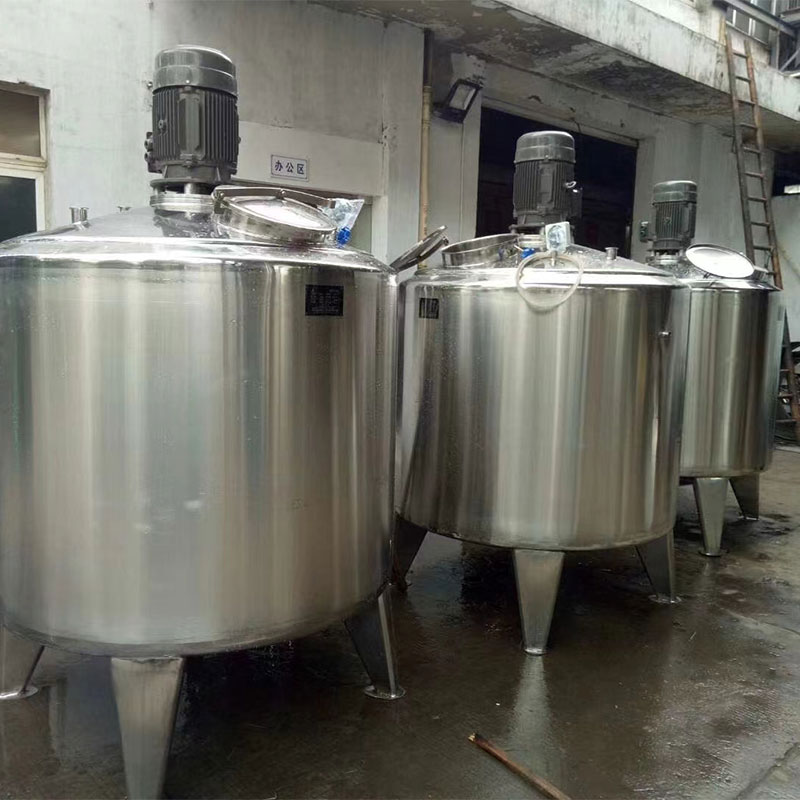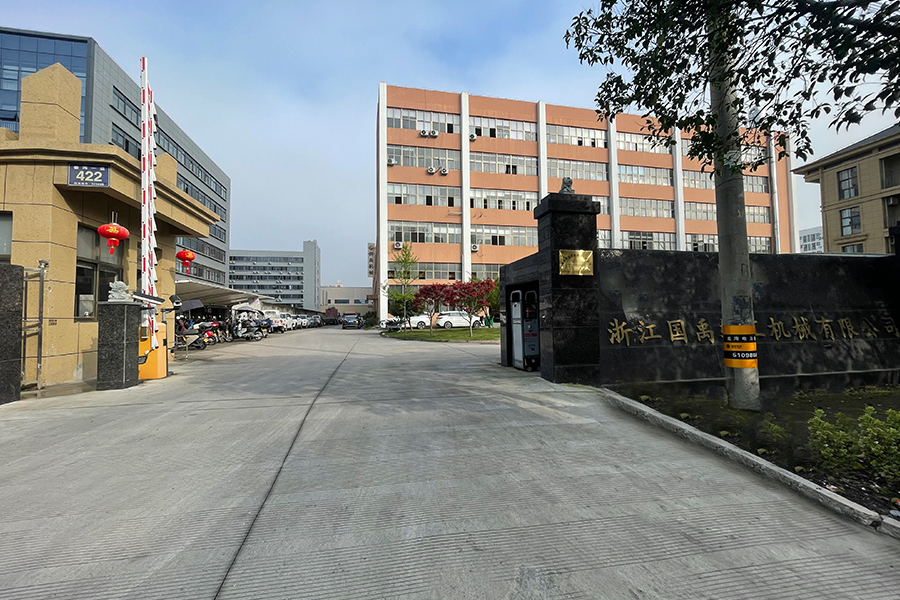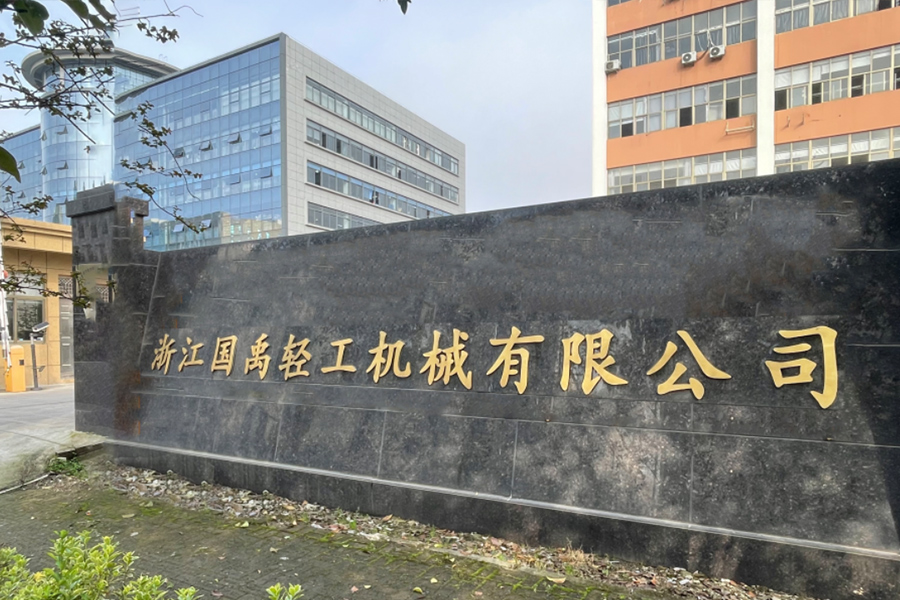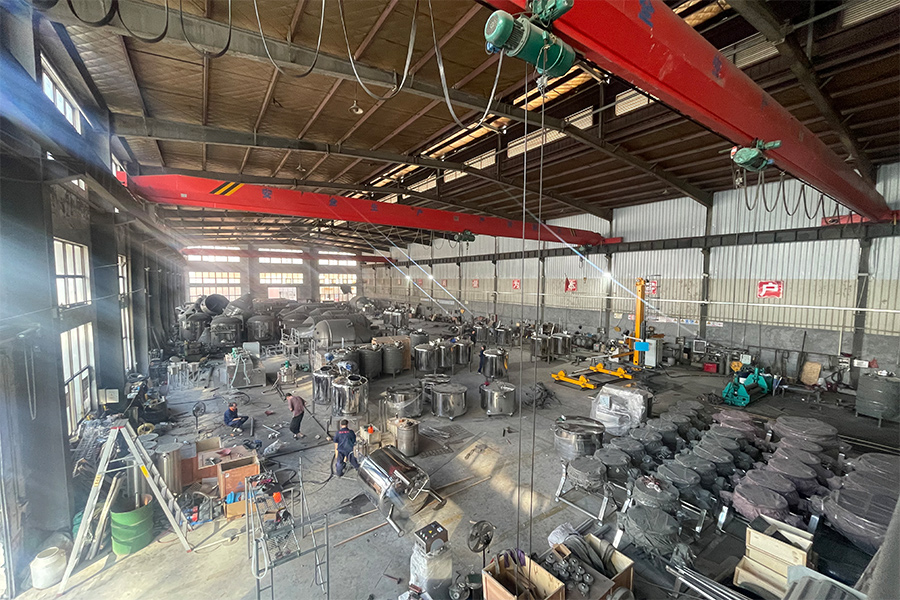Energy Efficiency:
The tank is designed with advanced insulation technology, ensuring minimal heat loss and optimal energy utilization during operations.
Noise Reduction:
Equipped with a low-noise mixing mechanism, it provides a quieter working environment, suitable for facilities with strict noise control requirements.
Corrosion Resistance:
Constructed from high-grade stainless steel, the tank offers exceptional resistance to corrosion, ensuring longevity and hygiene in processing applications.
High Production Capacity:
The robust design allows for large-volume mixing, making it ideal for industrial-scale production.
Easy Cleaning:
The smooth interior surface and accessible design facilitate thorough cleaning, meeting stringent hygiene standards.
Installation Guidelines
The tank is supported by three base legs, ensuring stability and level placement. Proper alignment with the reducer is crucial for optimal performance.
Inlet and outlet pipes should be securely installed, and the vent valve must remain unobstructed to prevent pressure build-up.
Electrical connections must ensure that the agitator rotates clockwise. Reversing the rotation may damage the equipment.
For heating functionality, thermal oil should be added before connecting to the power supply. A proper grounding connection is mandatory for safety.
Operation and Maintenance
Pre-Use Preparation: Before operation, clean the tank with warm water and sterilize it using steam. Ensure that the material is loaded appropriately, avoiding overfilling to prevent spillage during mixing.
Heating Process:
If equipped with a temperature control system, set the desired temperature before powering the device. Always disconnect the power supply after use.
Cleaning Procedure:
After processing, drain any remaining material and rinse the tank with warm water. Use an alkaline solution (10-50°C) for thorough cleaning, followed by a清水 rinse. Sterilize with hot water or steam for 3-4 minutes before the next use.
Routine Maintenance:
Regularly inspect the equipment and reducer. Ensure the reducer is adequately lubricated, with oil changes every six months. Monitor the thermal oil level and refill as needed to prevent damage to the heating elements. Clean the tank’s interior and exterior regularly to maintain hygiene and extend its lifespan.
Post-Use Care:
After shutting down the equipment, allow cooling water to circulate through the heating system to protect the heating elements and prolong their service life.
 [email protected]
[email protected]
 +86-13706666922
+86-13706666922















